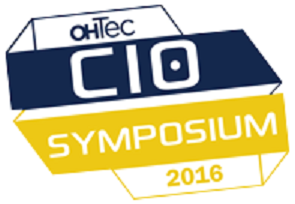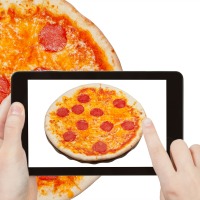 When was the last time you had a real conversation with another person? For more and more of us this is becoming increasingly rare. Instead, we choose to text, email or tweet with people. Technology has made us more connected but less physically connected which can create a sense of social isolation.
When was the last time you had a real conversation with another person? For more and more of us this is becoming increasingly rare. Instead, we choose to text, email or tweet with people. Technology has made us more connected but less physically connected which can create a sense of social isolation.
This is especially true when it comes to virtual reality and augmented reality technology. These visual display technologies are often grouped together, but in fact they are very different and are intended to be used very differently.
Virtual Reality
This technology creates an entirely virtual world for the user to experience. In virtual reality, the goal is to immerse the user in that world, leaving behind their physical surroundings. While VR can literally allow us to explore new worlds, the immersive nature means that interactions with other “people” in that world are the same, whether the people are across the world or in the same room. As a result, Virtual Reality has been criticized for compounding the issue of social isolation caused by today’s technological advances.
Augmented Reality
Augmented reality, on the other hand, combines virtual reality with real life. It does so by allowing the user to virtually interact with real objects. Google Glass is probably the best known use of augmented reality, but other examples include BMW and their recently released goggles for use in their MINI brand. These goggles help the user find their car in a parking lot, give them directions while driving and provide assistance when parallel parking.
It is the interaction between people and real world objects that make Augmented Reality so compelling. A shared, enhanced view can improve education, increase productivity and reduce error rates. Perhaps it is this fit that has compelled Google to refocus their Glass project on the Enterprise, and Microsoft’s new HoloLens has been developed with research and education in mind:
Let Pervasive Path lead you through an Art of the Possible Workshop to explore how to incorporate these and other technologies into your enterprise mobile strategy.






